Top 10 War Movies That Capture the Essence of Sorstalanság (2005)
If you’re captivated by the profound themes and emotional depth found in Sorstalanság (2005), you may be interested in exploring similar war films that delve into the human experience during times of conflict. These films often portray the complexities of war, the struggles of individuals caught in its turmoil, and the quest for identity amidst chaos. Here’s a curated list of ten war movies that echo the themes and narrative style of Sorstalanság.
- The Pianist (2002) — Directed by Roman Polanski, this film tells the harrowing story of a Jewish musician in Poland during World War II. It beautifully captures the struggle for survival and the power of resilience in the face of despair.
- Life is Beautiful (1997) — Roberto Benigni’s poignant portrayal of a father using humor and imagination to shield his son from the horrors of a concentration camp during World War II creates a heart-wrenching experience that balances tragedy with hope.
- Come and See (1985) — This Soviet film offers an unflinching look at the brutal realities of war through the eyes of a young boy in Belarus during the Nazi occupation. Its powerful imagery and emotional weight resonate similarly to Sorstalanság.
- Saving Private Ryan (1998) — Famous for its realistic depiction of the D-Day invasion, Steven Spielberg’s classic war film emphasizes bravery, sacrifice, and the profound losses experienced during warfare.
- Thin Red Line (1998) — Terrence Malick’s philosophical take on war explores the emotional and existential struggles of soldiers facing the chaos of battle in the Pacific, offering a reflective perspective similar to the contemplative nature of Sorstalanság.
- All Quiet on the Western Front (1930) — Based on Erich Maria Remarque’s novel, this timeless classic emphasizes the futility of war and the devastating impact it has on young soldiers as they confront their own mortality.
- Schindler’s List (1993) — Steven Spielberg’s masterful portrayal of Oskar Schindler’s efforts to save Jewish refugees during the Holocaust is an emotional and gripping journey through one of history’s darkest chapters.
- Letters from Iwo Jima (2006) — This film tells the story of the Battle of Iwo Jima from the Japanese perspective, emphasizing the shared humanity of soldiers on both sides of the conflict, reminiscent of the complex moral questions in Sorstalanság.
- The Boy in the Striped Pajamas (2008) — This film focuses on an innocent friendship between two boys on opposite sides of a concentration camp fence, exploring themes of innocence lost and the harsh realities of war.
- Windtalkers (2002) — A tale of Native American soldiers during World War II who used their native language to create unbreakable codes, this film illustrates the dual struggle of identity and patriotism amid the backdrop of war.
These films, characterized by their powerful storytelling and emotional depth, echo the themes of Sorstalanság while taking viewers on immersive journeys through the various facets of war. Whether through the lens of personal sacrifice, the search for identity, or the quest for survival, each of these movies resonates with the somber reflections and poignancy that defined Sorstalanság. As you explore these films, prepare to engage in a heartfelt exploration of humanity amidst the trials of war.
10 Fascinating Insights About «Sorstalanság» (2005)
«Sorstalanság,» or «Fateless,» is a powerful film released in 2005, directed by Lajos Koltai. Based on the semi-autobiographical novel by Imre Kertész, the film takes viewers on a harrowing journey through the eyes of a young Jewish boy during the Holocaust. Below are ten intriguing facts that capture the essence and impact of this cinematic masterpiece.
- Literary Origin: The film is based on Imre Kertész’s Nobel Prize-winning novel «Fateless,» which detailed his own experiences in concentration camps during World War II.
- Authentic Locations: To enhance its realism, many scenes were filmed in actual locations connected to the Holocaust, providing an authentic backdrop to the story.
- Award Recognition: «Sorstalanság» received numerous accolades, including the Best Foreign Language Film nomination at the 2006 Academy Awards, highlighting the film’s critical acclaim.
- Director’s Vision: Lajos Koltai, known for his cinematography, infused the film with a visual aesthetic that emphasized the contrast between innocence and the harsh realities of war.
- Language and Subtitles: The film is primarily in Hungarian and Yiddish, offering viewers a glimpse into the languages of the time and enhancing the film’s authenticity.
- Emotional Impact: «Sorstalanság» delves into the psychological effects of trauma and survival, making it not just a historical account but a profound emotional experience.
- Acting Performance: The lead role of Gyuri was portrayed by Marcell Nagy, whose performance received praise for its depth and authenticity, bringing the character’s journey to life.
- Critical Themes: The movie examines themes of identity, alienation, and the loss of innocence, encouraging audiences to reflect on the moral implications of war and genocide.
- Production Challenges: A challenging production process, including strict budgets and logistics due to filming in historic locations, showcased the dedication of the filmmakers.
- Documentary Inspiration: The film’s documentary-style approach combines staged drama with historical facts, making it not only a narrative film but also a medium for education about the Holocaust.
Overall, «Sorstalanság» stands as a poignant reminder of the horrors experienced during one of history’s darkest chapters. It encourages viewers to not only witness the past but also to reflect on the lessons it imparts for future generations.


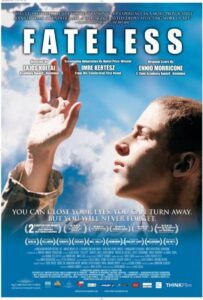
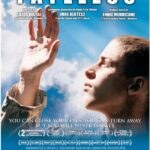


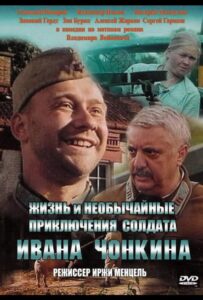
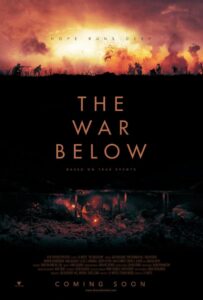

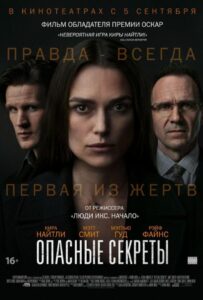
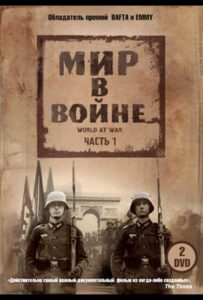

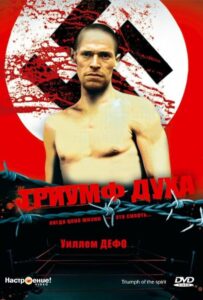



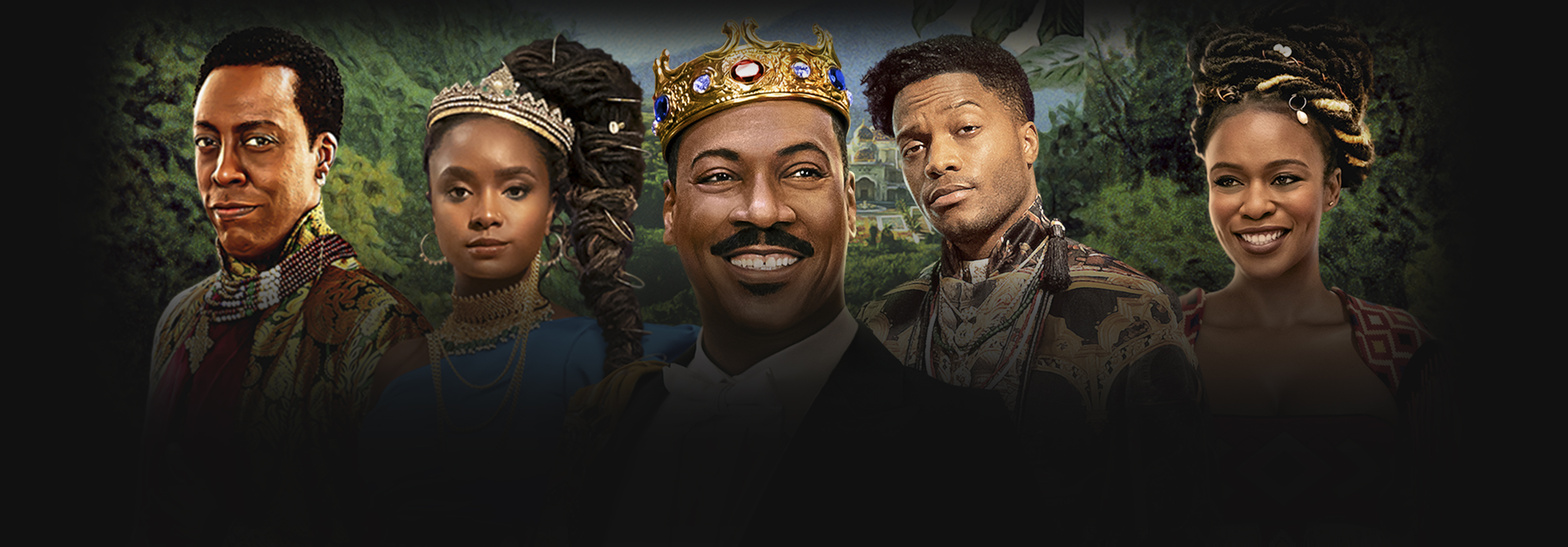
Оставь свой отзыв 💬
Комментариев пока нет, будьте первым!